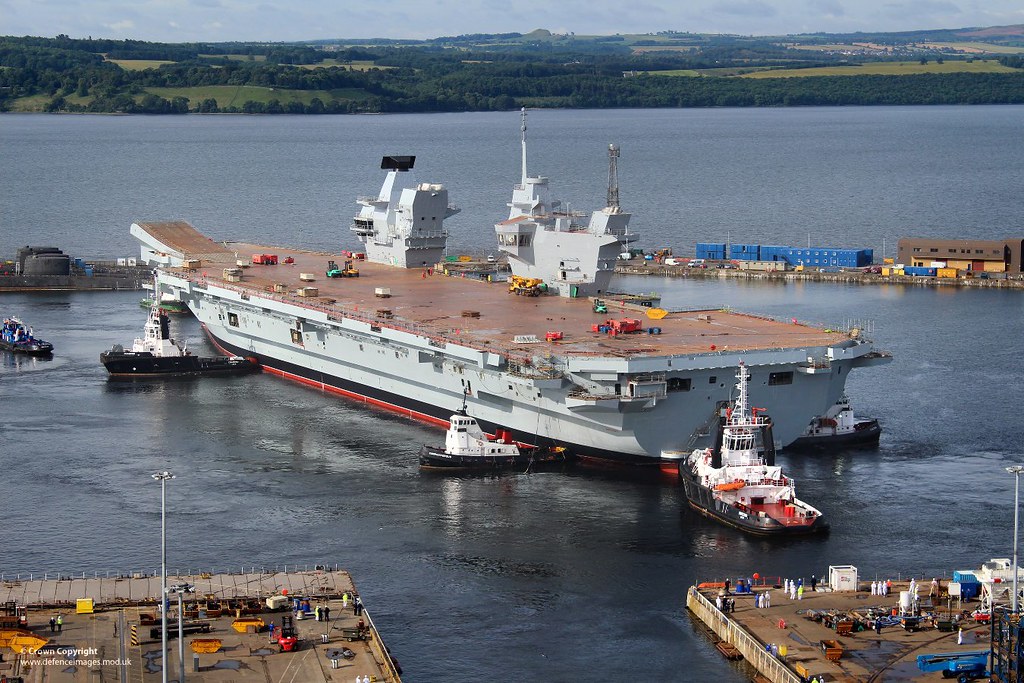
In recent months, the British Royal Navy has faced technical difficulties with its two aircraft carriers, the HMS Queen Elizabeth and HMS Prince of Wales, leading to missed NATO exercises and concerns over the navy’s operational capabilities.

The challenges faced by these carriers underscore the intricate complexities and potential pitfalls inherent in operating such colossal maritime assets.

The HMS Queen Elizabeth, a $3.7 billion flagship, was forced to miss NATO exercises scheduled off the Arctic coast of Norway due to a discovered propeller issue during final checks.

The HMS Prince of Wales, previously hindered by a similar propeller problem, was set to substitute for the Queen Elizabeth, despite its own history of mechanical setbacks.

In August 2022, the Prince of Wales broke down en route to joint training with the United States and Canada, necessitating a tow back to the Isle of Wight.

Now, it’s been thrust into leading Exercise Steadfast Defender with a multinational carrier strike group.

This exchange of roles between the two carriers highlights not only their intertwined fates but the broader challenges of maintaining readiness in modern naval warfare.

The Queen Elizabeth experienced a minor fire while docked at Glen Mallon on Loch Long in Scotland. This incident was quickly controlled and extinguished without causing any injuries.

However, it follows the Royal Navy’s recent encounter with a collision between two warships in Bahrain’s harbor, leading to damage but no casualties.

Tom Sharpe, quoted in the Telegraph, has pointed out the limitations of British carriers, noting, “Our carriers are a great capability but when they are fully formed, in some faraway time when we have a full complement of UK jets and other aircraft to put on them, they will never rival a U.S. Carrier Strike Group for the breadth of capability and firepower.”

Reflecting on these events, the situation with Britain’s carriers provides a cautionary tale for other nations striving to project power through their naval fleets.

The Russian Admiral Kuznetsov, for example, has been stuck in repairs for years and remains unable to sail.

The United States, in contrast, has taken a cautious approach, retaining its aircraft carriers and battleships while occasionally selling off lesser vessels.

The USS Phoenix’s transfer to Argentina and its subsequent sinking in the Falklands War exemplifies the risks involved in transferring sensitive naval technology.

As nations endeavor to maintain and upgrade their naval capabilities, the case of the British Royal Navy’s carriers serves as a stark reminder of the immense investments and strategic calculations required to operate these mighty symbols of maritime power.
Relevant articles:
– The Royal Navy Has Wasted Billons on Aircraft Carriers That Barely Work, The National Interest
– Why the U.S. Navy Sold Old Battleships But Never Aircraft Carriers, nationalinterest.org
– The Inside Story of How the Navy Spent Billions on the “Little Crappy Ship”, ProPublica

